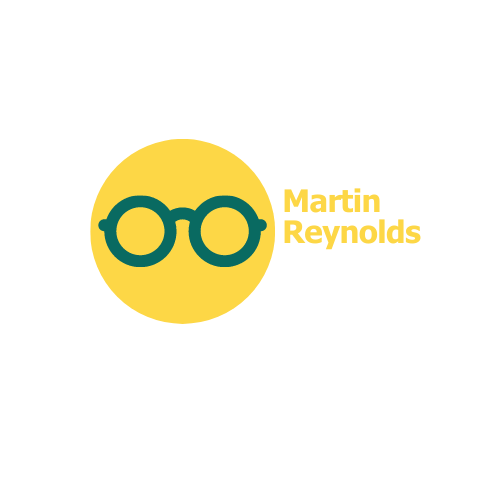Understanding Common Vision Problems:
Myopia, Hyperopia, and More
Introduction:
Having good vision is essential for performing daily tasks and enjoying a high quality of life. However, many people experience various vision problems that can affect their ability to see clearly. In this article, we will explore some of the most common vision problems, such as myopia, hyperopia, and more, and understand the causes, symptoms, and treatment options for each.
I. Myopia (Near-sightedness):
– Myopia, also known as near-sightedness, is a common vision problem that affects a significant portion of the population worldwide.
– Causes: Myopia occurs when the eyeball is slightly longer than usual or the cornea (the front surface of the eye) is too curved, causing light rays to focus in front of the retina instead of directly on it.
– Symptoms: People with myopia have difficulty seeing objects that are far away but can see near objects clearly.
– Treatment options: Eyeglasses, contact lenses, or refractive surgeries like LASIK can correct and manage myopia effectively.
II. Hyperopia (Far-sightedness):
– Hyperopia, also known as far-sightedness, is another common vision problem, although it affects fewer people than myopia.
– Causes: Hyperopia occurs when the eyeball is shorter than usual or the cornea is too flat, causing light rays to focus behind the retina instead of directly on it.
– Symptoms: People with hyperopia can see distant objects more clearly than near objects. However, they may experience eyestrain, headaches, and blurred vision when focusing on close objects for an extended period.
– Treatment options: Eyeglasses, contact lenses, or refractive surgeries like LASIK can correct hyperopia and provide clear vision for both near and far objects.
III. Astigmatism:
– Astigmatism is a common vision problem caused by an irregular curve in the cornea or lens, causing blurred or distorted vision at all distances.
– Causes: Astigmatism can be present from birth or can develop as a result of eye injuries, medical conditions, or surgery.
– Symptoms: In addition to blurred or distorted vision, individuals with astigmatism may experience eye strain, headaches, and difficulty seeing at night.
– Treatment options: Eyeglasses or contact lenses are commonly used to correct astigmatism and provide clear vision. Some individuals may require refractive surgery to correct severe astigmatism.
IV. Presbyopia:
– Presbyopia is an age-related vision problem that affects individuals typically over the age of 40.
– Causes: The natural aging process causes the lens in the eye to lose flexibility, resulting in difficulty focusing on close objects.
– Symptoms: Common symptoms include difficulty reading small print, eyestrain, and the need to hold objects at arm’s length to see them clearly.
– Treatment options: Presbyopia can be corrected with reading glasses, bifocal or multifocal lenses, or progressive lenses. Refractive surgeries like conductive keratoplasty can also be considered as treatment options.
Conclusion:
Understanding common vision problems such as myopia, hyperopia, astigmatism, and presbyopia is crucial for early detection and appropriate treatment. If you experience any vision problems, it is recommended to consult an eye care professional who can conduct a comprehensive eye examination and provide suitable solutions to improve your vision and overall eye health. Remember, regular eye check-ups can help maintain healthy vision and address potential problems before they worsen.
